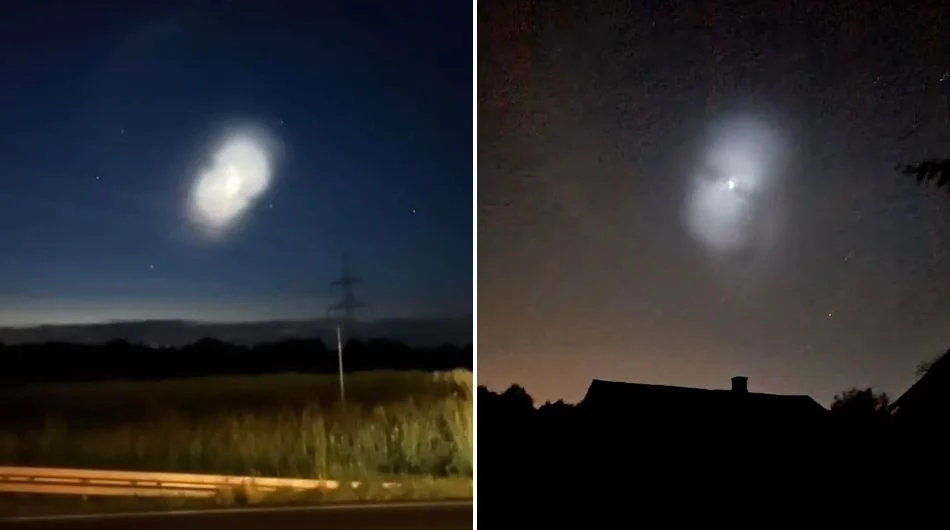One of the many natural satellites of Saturn is about 500 kilometers across. Compared to, say, the Silver Globe – not to mention Earth – it’s very poor. This icy body could, possibly due to orbital resonance, theoretically generate temperatures inside its interior high enough to keep water in a liquid state. At least that is what the presence of water gushing from under the crust would suggest.
Read also: Saturn’s rings and previously unpublished measurements. Taken by the Cassini spacecraft
Some of these resources fly off into space, where they are captured by Saturn’s rings. Most of it returns to the surface of Enceladus. Then it takes the form of snow, which is far more valuable from the perspective of science than we can sometimes see outside the window. why? Because by determining its properties, such as density and thickness, scientists can learn something about conditions on Saturn’s moon and past.
Emily Martin of the National Air and Space Museum and her colleagues decided to use local conditions to better understand the situation. To that end, they went to Iceland, where you can find geological features reminiscent of those that might also be found on Enceladus.
The ice layers covering the surface of Enceladus are up to 700 meters thick
In addition, scientists used images taken by the Cassini spacecraft. From this, they found that the thickness of the ice covering Enceladus varies across the lunar surface. In most locations, its depth is hundreds of meters, and in some of these values it reaches seven hundred meters. But where did this snow come from?
As Martin explains, if the jet of water flowing from beneath the surface had always been the way it is today, it would take 4.5 billion years for that much snow to form. We remind you that the entire solar system is approximately the same age. And even with that assumption, we’re talking about snow that’s highly fluffy. As a result, it is hard to believe that the process observed today has been running at a steady pace since the beginning. However, these later layers of snow would have compressed the earlier layers, reducing the depth of the entire cover.
Read also: Enceladus: A Song of Ice and Fire
So what is the most likely scenario? The rate of water expulsion was probably much higher in the past than it is today. This would provide a reasonable explanation for why Enceladus is so rich in ice. However, the answer to this question may never come, although it would certainly be easier to find on earthly tools.

Echo Richards embodies a personality that is a delightful contradiction: a humble musicaholic who never brags about her expansive knowledge of both classic and contemporary tunes. Infuriatingly modest, one would never know from a mere conversation how deeply entrenched she is in the world of music. This passion seamlessly translates into her problem-solving skills, with Echo often drawing inspiration from melodies and rhythms. A voracious reader, she dives deep into literature, using stories to influence her own hardcore writing. Her spirited advocacy for alcohol isn’t about mere indulgence, but about celebrating life’s poignant moments.










